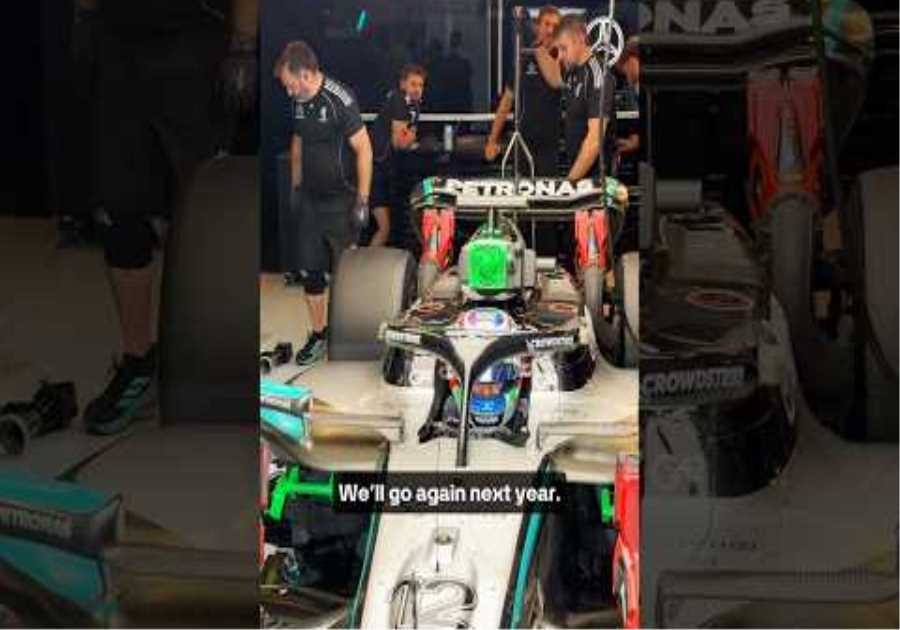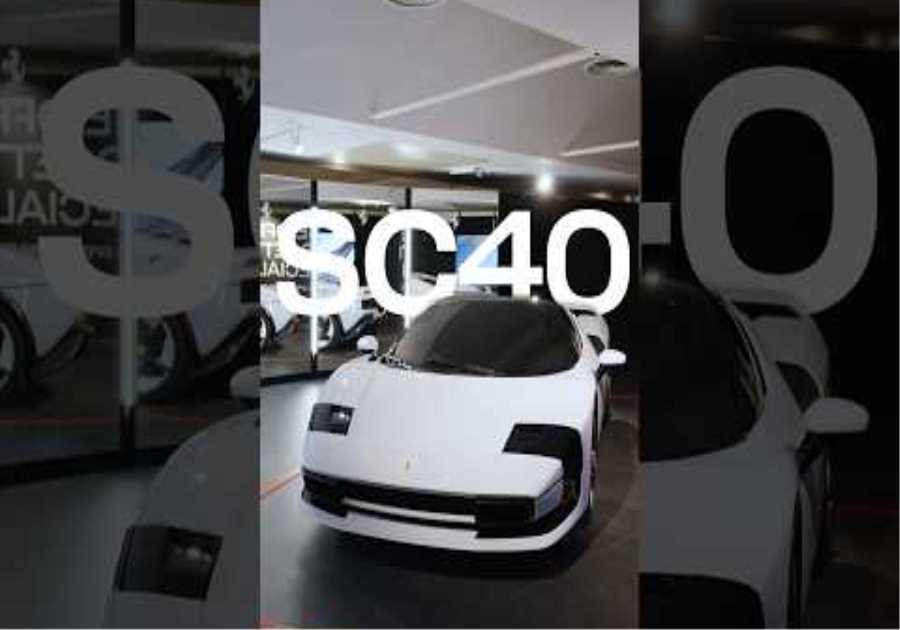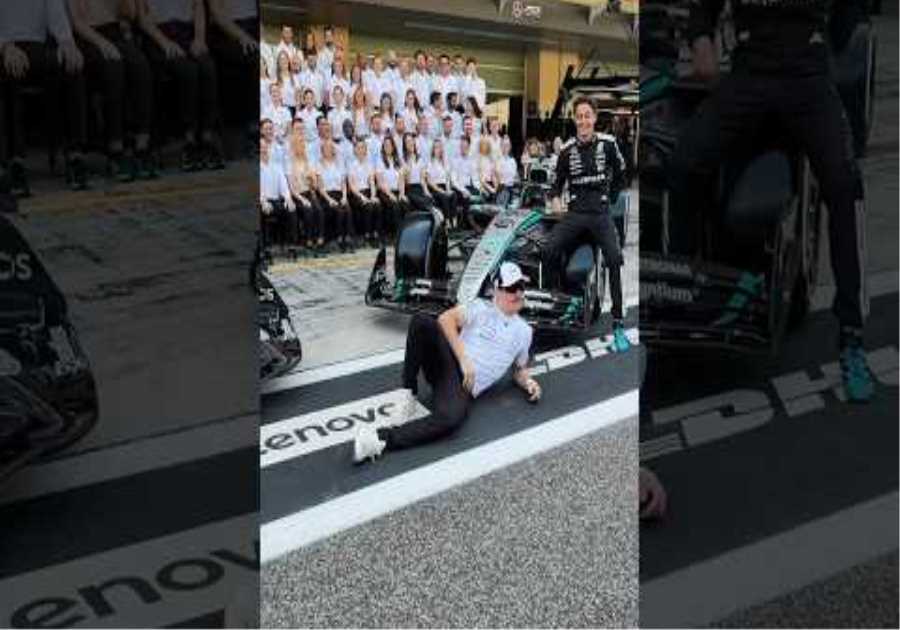
Most Formula One circuits are made of asphalt.
But those who worked to bring the globe-trotting auto racing series back to Las Vegas also believe they are lined with gold.
“I’m laser-focused on the Las Vegas economy, and we know the impact this Formula One race will have on our economy is going to be considerable,” Nevada Gov. Steve Sisolak said during Wednesday night’s announcement at The Cosmopolitan of Las Vegas confirming an F1 night race will be run on a temporary 3.8-mile street circuit encompassing the Strip in November 2023.
That amounted to what spurred private investors to spend more than $400 million to build the Circuit of the Americas near Austin, Texas, in 2010.
Until a race on a temporary circuit in Miami was added to this year’s schedule, the 3.4-mile, 20-turn layout carved out of 375 acres of undeveloped land about 20 miles southeast of the Texas capital had served as the only F1 grand prix in the US since 2012.
According to the COTA website, its F1 race in October and companion events have generated a cumulative economic impact topping $5 billion since ground was broken on the facility in 2010. A record crowd estimated at 400,000 attended the 2021 three-day F1 weekend in Texas.
The series’ TV ratings are just as impressive. More than 520 million in nearly 200 countries tune in to F1 over the course of a season, with several races topping 100 million viewers — comparable to this year’s Super Bowl.
Buoyed by the success of an F1-based Netflix reality show called “Drive to Survive,” the series is gaining in popularity among domestic race fans, especially those who identify with a younger demographic.
“I know what I’m about to say sounds fake, but a handful of very notable NFL execs/GMs/coaches asked me this week to explain F1 at the owners’ meeting because they want to get into it, their kids are into it , or they just wanna know how it got so big,” Kevin Clark, a former Wall Street Journal writer who covers the NFL for The Ringer website, wrote Wednesday on Twitter.
Heck of a deal
Usually to make money on an F1 race, one must first spend money.
A lot of money.
The fee to host an F1 race can run as high as $40 million. (COTA in Texas pays $25 million annually for its race.) Building a street circuit that measures up to F1’s lofty standards — then quickly tearing it down — is an even bigger expense.
But with F1 and Liberty Media, its US-based ownership group, assuming the role of promoter for the Las Vegas race in partnership with Live Nation Entertainment and the Las Vegas Convention and Visitors Authority, the city will not be responsible for the majority of those costs.
As one local tourism official told the Review-Journal, it’s a fantastic deal for the city given the prohibitive costs usually associated with securing an F1 race.
Regardless of who is footing the bill, converting city streets on an iconic thoroughfare into a world-class racing facility will be a major undertaking. But as Lucas Bell of Road and Track magazine wrote Wednesday about the prospect of a Saturday night spectacle with the bright lights of the Strip serving as a backdrop: “The crowd experience at a Las Vegas race should be worth the price of admission. You know it’s gonna be wild.”
Contact Ron Kantowski at [email protected] or 702-383-0352. Follow @ronkantowski on Twitter.
Did you miss our previous article...
https://formulaone.news/mclaren/former-car-designer-discusses-big-grilles-and-why-they-arent-necessary






